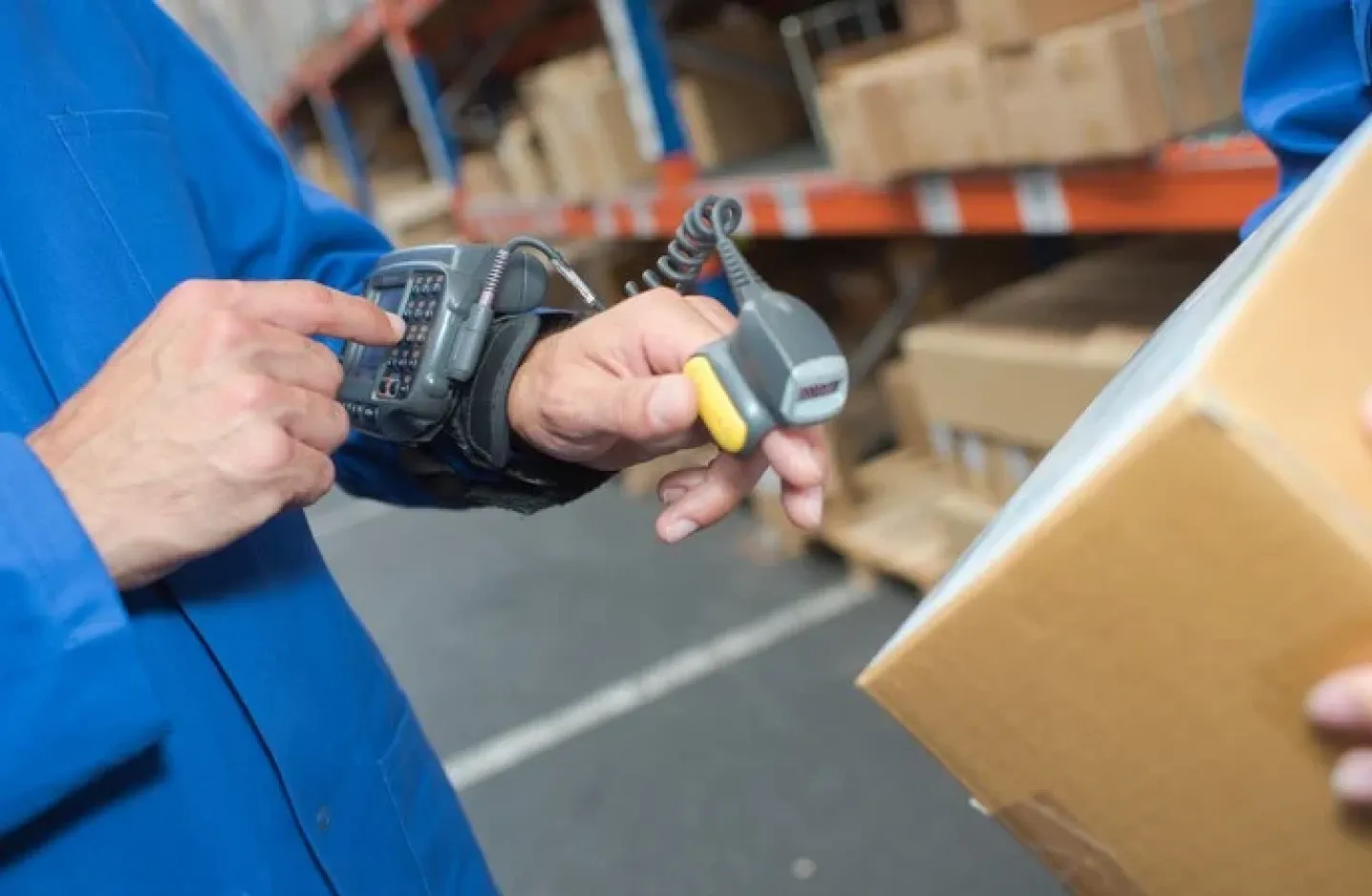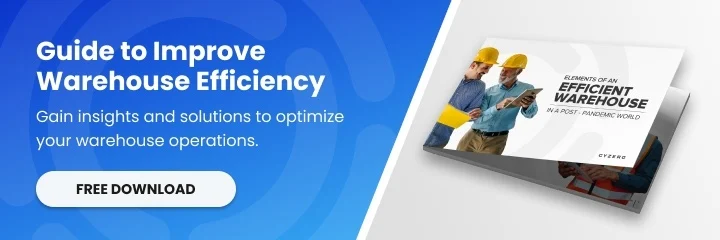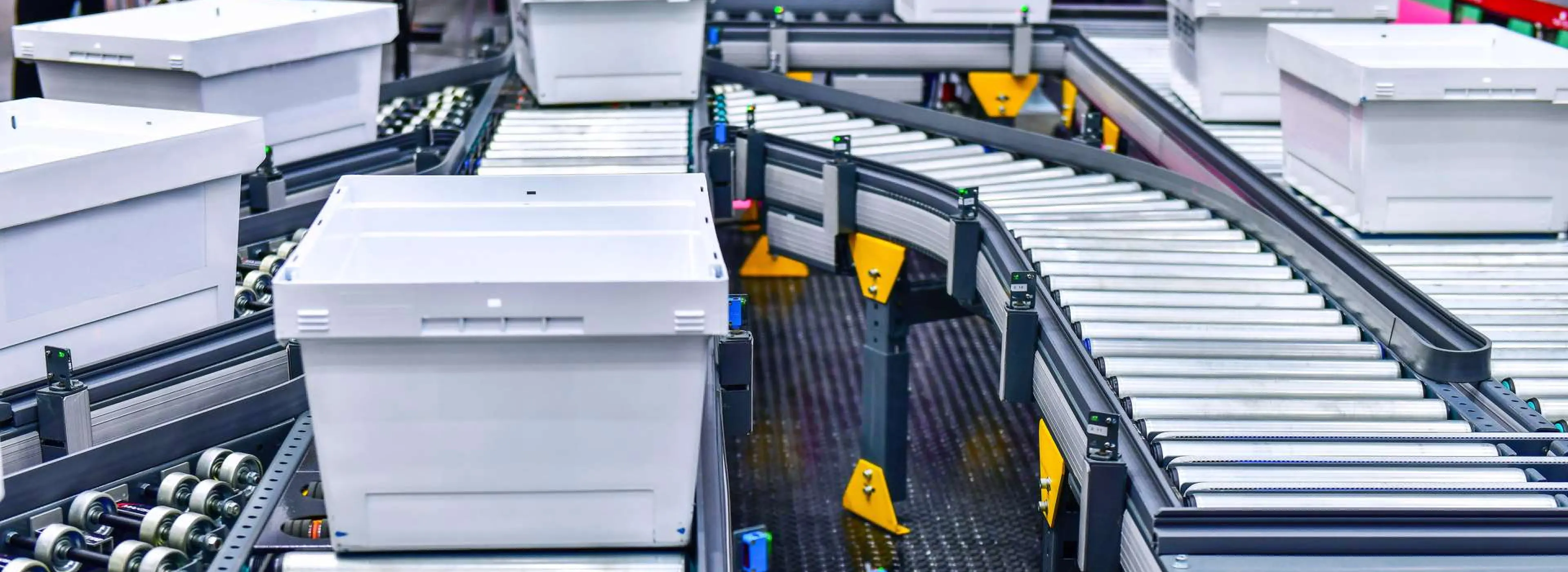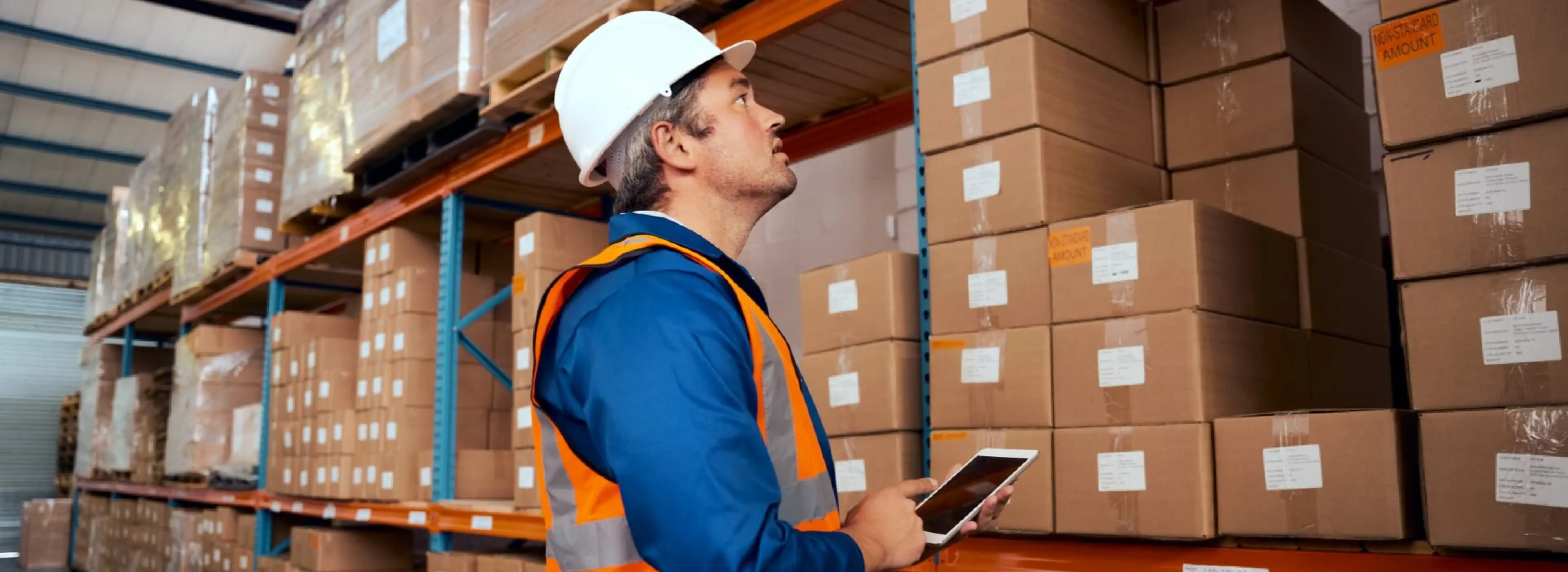When the advent of the Internet changed business structure, logistics organizations scrambled to adopt computers and basic information technology infrastructure to keep up with the Information Revolution. Today, the real challenge is not the adoption of new IT but how to integrate it strategically in your logistics operation to outperform rivals.
Click Here: Maximize Warehouse Efficiency With This Advanced and Affordable WMS
A 1985 article from the Harvard Business Review explored. Unlike the Industrial Revolution, when companies gained a competitive advantage by replacing human labor with machines, technology today has evolved beyond the basic components of business operations. It has transformed the way information is shared, processed, and analyzed.
However, that transformation is far from complete. For logistics operations, further improvements in information technology have come in many new forms, including to improve the efficiency and accuracy of to identify business opportunities, industry trends, and deviations. Moreover, adopting new technology to improve efficiency does not result in a competitive advantage.
Aligning IT with Company Goals
Strategic technology planning helps you align new technologies directly with your business goals. Technology must be incorporated strategically for logistics organizations to differentiate themselves in the market, according to Rémi Founou, a supply chain management professional for ABB and keynote speaker at the Swiss Transport Research Conference.
The implications of Founou’s statement are twofold. First, logistics enterprises must align IT with their company goals. Second, owners should evaluate the purpose of new technology before implementation.
Most logistics organizations agree that reducing inefficiencies while increasing customer value is a primary business objective. However, this strategy must go beyond improving operational effectiveness.
“Whereas operational effectiveness is about doing things well, strategic positioning is about doing things differently,” according to the Harvard Business Review article’s authors, Michael E. Porter and Victor E. Millar.
Technology can bridge this gap in strategy by improving coordination between linked activities in the warehouse, also known as linkages.
Linkages exist when one activity performed affects the cost or effectiveness of another activity. For example, double-entry of data increases error rates, which impacts the efficiency of every system downstream. Careful management of linkages is a powerful competitive advantage against rivals because they are difficult to perceive, according to the Harvard Business Review.
By selecting the right technology solution, companies can create new linkages between activities to “coordinate their actions more closely with their buyers and suppliers,” the article states. For example, handheld computers and rugged tablets improve warehouse communication by providing wireless access and integration with WMS systems, eliminating the old standard for handwritten picking orders, shipping tickets, and inventory tallies. It also reduces the opportunity for human error.
Utilizing logistics IT to create an intelligent supply chain is another means of defining your competitive advantage, writes Simon Kaye. Information technologies like paperless processing and computerized tracking meet business requirements while creating a seamless integration.
Three Questions to Evaluate if Your Company is Ready for New Technology
While almost every decade introduces a new wave of technological advancements, technology should not be implemented without strategic management and support. Here are three questions the Harvard Business Review recommended you ask yourself in 1985 to ensure the strategic implementation of new technology. These questions are as applicable today as they were then. Let’s explore these questions and how they apply to today’s logistics industry.
1. What role will technology play in your industry structure?
New technology can create a new industry standard, like automated teller machines in banking or computerized reservation systems in airlines. Logistics operations should understand how they will respond to the possible structural change of new IT and should “look for ways to lead change in the industry,” according to the article. This plays out with clients in tighter integration with shippers systems, implementation of mobile solutions in the warehouse, and business-relevant analytics.
2. How can the new technology create a competitive advantage?
New technology can affect multiple activities in the value chain and may make new linkages possible. Identify and rank these opportunities for competitive advantage and make similar notes to the strategic investments necessary for new hardware or software. The article recommends closely scrutinizing the activities that represent a large proportion of cost or are critical to differentiation. Within logistics, this means looking at the whole value chain – from customer relationship management (CRM) and shipment visibility on the front end to eliminating double entry of data and arming the warehouse with mobile technology to increase efficiency and reduce errors on the back end.

3. What is your action plan for implementation?
The management of new information technology should not be siloed to one department. “Organizations need to distribute the responsibility for systems development more widely in the organization,” according to the article. Logistics owners and managers should be involved to ensure the exploitation of cross-functional linkages made possible with new IT. Developing an action plan for execution will result in the greatest return on investment.
By considering these questions, logistics decision-makers can feel confident during great technological change. Having a strategic plan, rather than adopting it for the sake of having new technology, will be a key competitive differentiator for your business, resulting in the greatest returns.
If you want to gain a competitive advantage for your business while reducing costs, click on the banner below to get started.
If you want to learn about warehouse technology and optimizing warehouse processes, follow us on LinkedIn, YouTube, X, or Facebook. If you have other inquiries or suggestions, please contact us here. We’ll be happy to hear from you.












